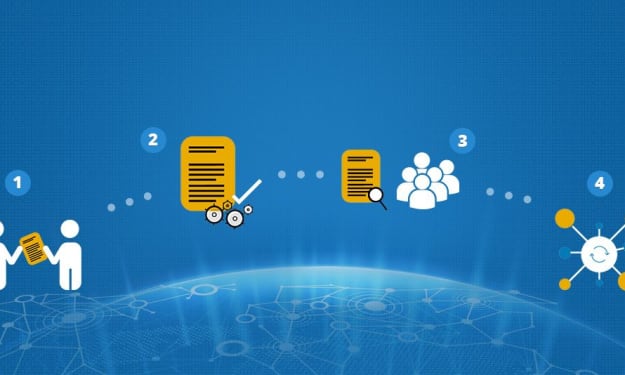
There was once a time, in the early days of computing, when a curious and inventive computer engineer named Bob Thomas conducted an exciting experiment. It was the year 1971, and Bob was working at BBN Technologies, where they were busy laying the groundwork for what would become the ARPANET, the precursor to the internet. Bob's experiment involved writing a small program, which he called the Creeper, that was able to move from computer to computer through the ARPANET. It was the first example of a computer virus, though Bob didn't see it that way. He was simply curious to see what would happen.
In an effort to explore the concept of self-replicating programs, Bob decided to create a simple code that would function on any system that was infected with the virus and display a message on those systems that did not have the virus. He named it the "Creeper" virus. The Creeper was the first malicious computer program, or "virus" to be discovered. It spread quickly, compromising computer systems all over the world. The Creeper was eventually stopped by a software program called the Reaper. However, unlike the malevolent viruses we know today, Bob's Creeper virus had no malicious intent. Instead, it was a friendly and harmless experiment designed solely to explore the potential of self-replicating programs.
Computer technology advanced at an incredible pace over time, and the idea of computer viruses followed similarly. The "Elk Cloner" virus was developed by an intelligent high school student named Richard Skrenta in 1982. The first known virus with harmful intent was this particular one. Skrenta's virus spread like wildfire through the early home computing world by infecting Apple II systems through floppy disks.
When the world of computer viruses began to evolve, so did the motivations for their development. Cybercriminals discovered a chance to take advantage of the weaknesses of the digital world in order to make money, as well as cause trouble. Computer malware and viruses developed more advanced as the internet grew in use, harming individuals, organizations, and governments all over the world.
The years witnessed the development of a number of different virus types. Trojans, malware, ransomware, and worms all seemed to have infinite variations. Worms, such as the infamous "ILOVEYOU" worm, spread via emails and caused havoc on computer networks. Trojans steal sensitive data secretly by portraying themselves as useful software. Ransomware held entire systems hostage and demanded large payments to unlock the system.
The cybersecurity sector expanded with the level of understanding of computer viruses. As a result of these continuous dangerous threats, antivirus software has become important. Researchers, cybersecurity professionals, and white-hat hackers collaborate to shield innocent people from the constantly evolving malware landscape.
But even with the efforts of the cybersecurity community, viruses continued to evolve. Advanced Persistent Threats (APTs) emerged, carrying out stealthy, long-term cyber-espionage campaigns. Nation-states weaponized viruses for cyber warfare, infiltrating sensitive systems and infrastructure.
Computer virus damage has emerged as a critical global issue. Economies suffered, privacy was violated, and confidence in digital technologies decreased. Global governments created cyber laws and measures to fight cybercrime, and international collaboration increased to deal with these threats
Cyber hygiene and digital literacy have become essential in the modern world. Users are informed through awareness campaigns about phishing efforts, social engineering strategies, and safe browsing habits. Modern tools like machine learning and artificial intelligence are used by cybersecurity firms to identify and stop the spread of new virus strains.
In this ever-changing landscape, the battle between cybersecurity professionals and cybercriminals rages on. Each side seeks to outsmart the other, in a relentless pursuit of security or chaos. The story of computer viruses is one of human curiosity and ingenuity, of good intentions gone astray, and of an ongoing struggle to protect the digital world from the harm that lurks in the shadows.
It's a story that serves as a warning that technology has two sharp edges and can lead to both wonderful achievements and terrible outcomes. Let's preserve the future of our interconnected world as we embrace the wonders of the digital age while keeping in mind the lessons learned from the past. Especially when we are heading toward the new era of Artificial Intelligence, Internet of Things, Machine Learning and the list goes on...





Comments
There are no comments for this story
Be the first to respond and start the conversation.